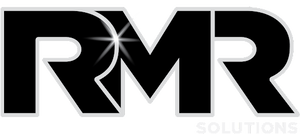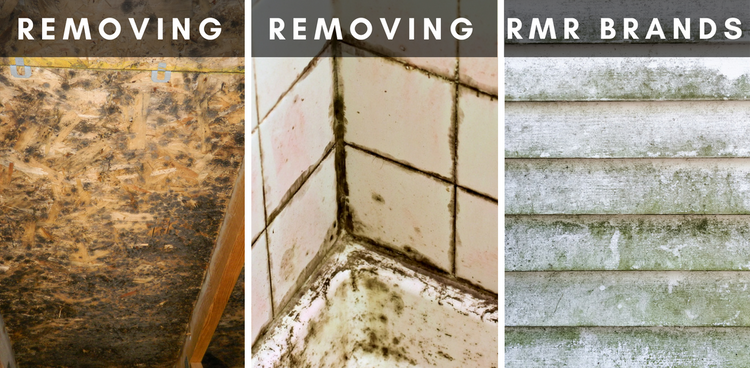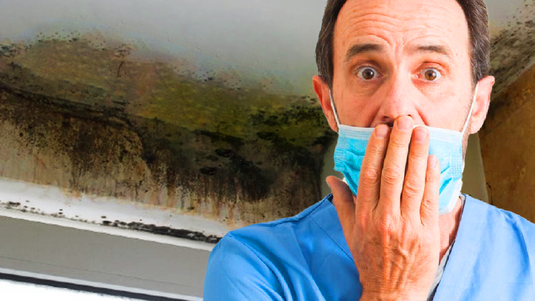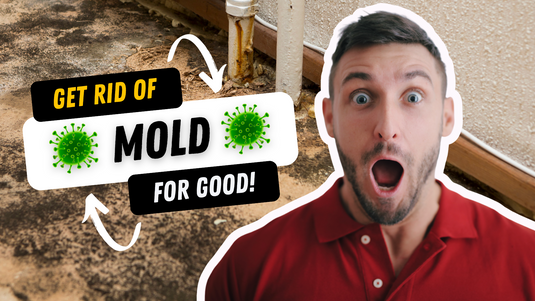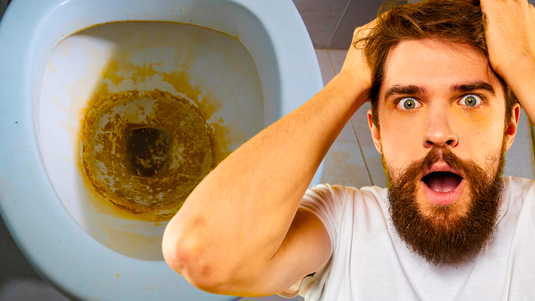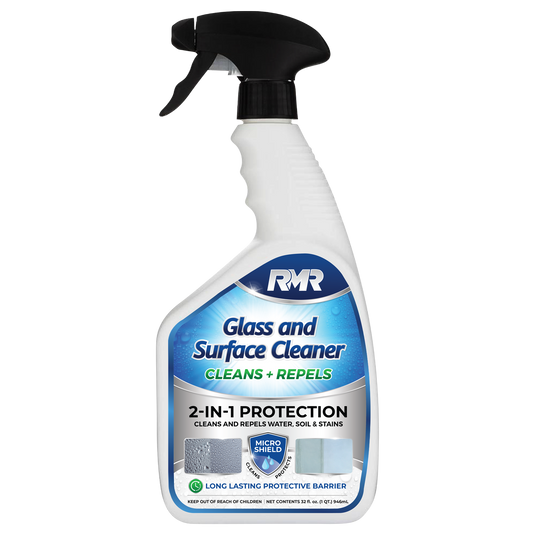To better understand how remediation works, you first need to know what you are up against and the biology of most molds.
Biology of mold in your home
Mold is an organism that lives just about anywhere there is moisture. It is often a beneficial organism, which provides flavor and is crucial in the curing process of some meats and cheeses. It is simply everywhere and there are many species and types. Some are a benefit. Some are a hazard.
Mold reproduces by emitting billions of spores that drift along the air currents until they find a nice, damp place to propagate and feed on whatever organic material is present. Unfortunately, buildings where humans live or work are all full of organic material, such as drywall paper, wood, and cardboard. Your house also does an excellent job, most of the time, of keeping moisture out. Unfortunately this can mean your house is also a good place to trap moisture.
Typical sources of mold
If you have experienced flooding of any kind, from a backed up basement drain to a burst pipe, or worse yet flooding on a natural disaster level, your home is likely to develop a mold problem without proper remediation. It can even be something as subtle as a leaky pipe within your walls or a clogged dryer vent, pumping moist air into your crawl space day after day.
Whatever the cause, moisture is key in allowing mold to reproduce and obtain sustenance. If you have concerns over air quality, a simple test can be performed by a professional. A lab will analyze the species of mold as well as the concentration and you can go from there with a remediation plan.
The most obvious sign of mold, of course, is seeing it and the secondary indicator is the smell. Click here for an easy to follow guide on mold identifiers and possible symptoms of a mold problem.

How to Remove Mold & Mildew in your home
Dry out the area quickly
- Excess water is vacuumed and mopped out until there is no longer standing water.
- Drilling holes into the drywall behind baseboards will allow for air circulation.
- Fans and dehumidifiers will help to keep the air dry and aid in evaporation.
Containment
- The area affected should be cordoned off to protect property as well as prevent the spread of fumes or mold that my be stirred up during the process. Wear protective clothing, sometimes with a dedicated respirator system if not simply a filtration system to protect them from toxic mold spores as well as cleaning solvents.
- Carpet and other material which will allow the mold colonies to thrive should either be cleaned, or removed entirely depending on severity of the colonization.
- Be sure to take precautions while dealing with mold! Even if the mold is not of the toxic variety, it can trigger acute allergic and asthmatic reactions in some people which can be deadly. Be sure to wear protective breathing gear, preferably a high quality air filter which covers the face as well as the eyes. This will also protect against any cleaning fumes or potential splashback which can irritate skin, eyes, and mucous membranes.
Step 1: Mold Stain Removal
If you can see the stain where the mold was present, not only is it unsightly, but that stain potentially still carries spores that can propagate new mold. Hydrogen Peroxide solutions, or even mechanical methods of removing the stain such as sanding or simply removing and replacing the affected area are not only time consuming, potentially dangerous, but also can become very expensive. Not to mention replacement of surfaces such as wood paneling or tile that can be difficult to match!
Step 2: Kill & Prevent The Mold
Powerful cleaners, such as RMR Brands RMR-141 RTU should be used to kill the mold. The process can take up to several days, depending on the severity of the situation. Thorough disinfection of the area will eliminate the spread of mold quickly and safely. Always follow manufacturers instructions and guidelines for the safest and most effective method of using any cleaning product!
By using a reliable Mold Stain Remover such as RMR-86 Mold Stain Remover, you can reduce the cost and labor associated with mold cleanup, which not only make your surfaces look like they never had a mold problem, but also being one step closer to keeping the mold out of your home!
Prevention of Mold & Mildew
99% of remediation is prevention, but chances are if you are researching mold cleanup, it's already too late. Or is it? Once your mold has been killed and cleaned up, there is still time to make sure the mold stays out. By creating an inhospitable environment fir mold, it reduces the possibility of recurrences exponentially. Mold needs food and moisture to propagate, and by removing either of those with a preventive barrier, you can ensure that it will be very hard for it to keep coming back.
RMR-141 RTU Disinfectant is powerful enough for hospital use and not only does it create an unfriendly environment for mold growth, it also kills cold and flu viruses as well as over 141 different micro-organisms. It kills MRSA, HIV, H1N1 flu virus, Hepatitis B and C, and many more!
Once the area is cleaned it is important to continue to keep the area dry as much as possible. Black molds can aggravate asthma, cause neurological problems, and some are even shown to cause cancer. Any spores remaining can reproduce in the presence of water or a food source such as wood or paper. Multiple treatments may be necessary. But what about that smell? Mold and mildew carry a distinctive smell that make it difficult for some people to be in that area. RMR PRO-Xtreme Odor eliminator is up to the task of instant odor elimination with a non-allergenic, non-toxic and biodegradable formula that leaves no residue or scent and doesn't just mask the odor.
Now you are on your way to getting rid of that mold and keeping it out! Rely on RMR Brands Products for safe and effective mold and mildew removal today!
